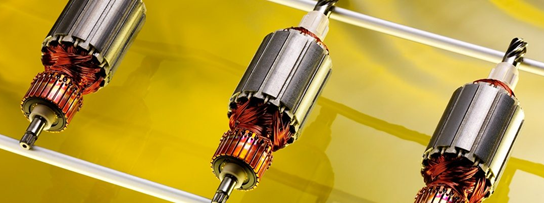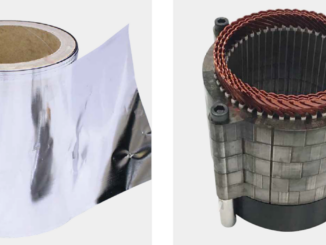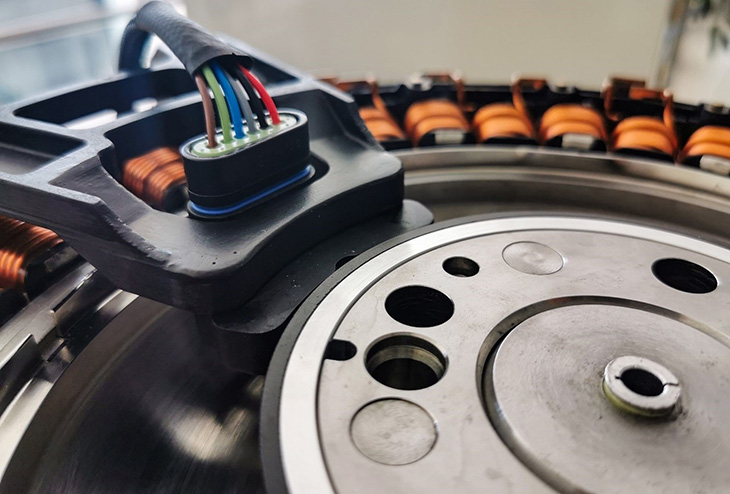
Accurate motor position sensors are required to ensure the efficient and reliable control of electric machines. Various technical solutions are available but, despite the widespread use of magneto-sensitive sensors in end-of-shaft configurations, such a technology was not seen in through-shaft configurations — until now, says French mechatronics design firm Moving Magnet Technologies.
MMT has developed an innovative and simple magnetic solution that consists only of a rotor magnet and two 2D Hall ICs, according to Antoine Delaporte, research and development engineer with the company. At its core, the technology uses a specific sinusoidal magnetization pattern that can be repeated over multiple periods. The principle already confers an excellent intrinsic accuracy as a single-probe sensor; however, requirements for motor control are stricter than for traditional applications, and the accuracy commonly required is ±1 electrical degree in all conditions. This is where the second Hall IC and a simple algebraic signal cross-combination come into play.
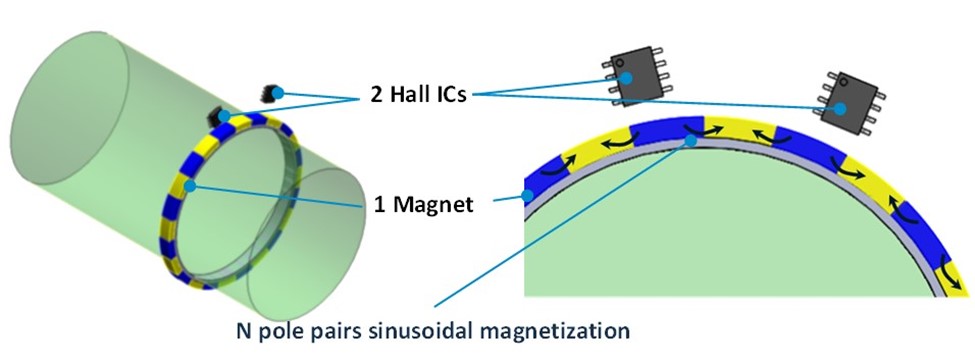
Delaporte cites several benefits of such a design:
- Improvement of the accuracy to under ±1 electrical degree and increased robustness to mechanical tolerances by reducing the parasitic harmonics in the probe signal
- Mitigation of the influence of external magnetic fields generated by the motor by use of signal cross-combination
- Possibility of single-probe measurement in degraded mode, bringing an intrinsic safety state in case of failure
- Reduced mass and overall dimensions even for large electric machines
he raw output signals can be fed directly to the electronics used to drive the electric machine, requiring only simple signal processing. Alternatively, the signal processing can easily be carried out inside the position sensor itself to get a standalone device with the desired communication protocol.
The technology has the benefits of Hall Effect sensors on which it is based. They are at their most versatile when it comes to measurement of position or rotational speed since they can withstand rough environmental conditions and offer optimized system costs and miniaturization. Contrary to some other alternatives, Hall Effect position sensors can be used with large airgaps between the rotor and the stator portions of the sensor and do not need tight mechanical tolerances.
A variety of mechanical integrations are possible, notes Delapore, such as measurement on the outer side, on the inside of a ring magnet or even axial measurement on a disk magnet. The technology is adaptable to a wide range of rotor sizes, from a few 10mm to over 100 mm, and for low to high speeds, which makes this sensor technology flexible for a wide range of applications in electric vehicles and auxiliaries including starter-generator and traction motor.

Located in eastern France near the Swiss border, MMT specializes in designing electromagnetic solutions applied to the field of mobility mechatronics. Over its 30-year history, it has signed more than 100 licensing deals for its technology. It is a key partner and development arm of Swiss mechatronics company Sonceboz, where many products are based on MMT technologies.
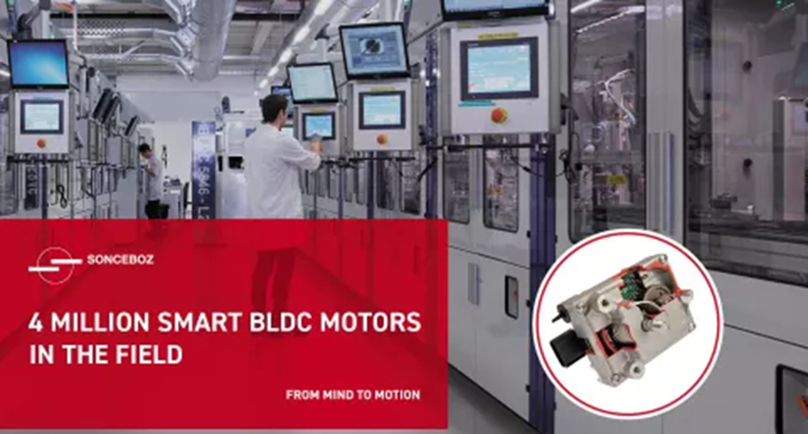
Sonceboz recently marked a milestone of its own, having placed in the field more than 4 million of its smart brushless DC motors. For more info, see www.movingmagnet.com and www.sonceboz.com.

